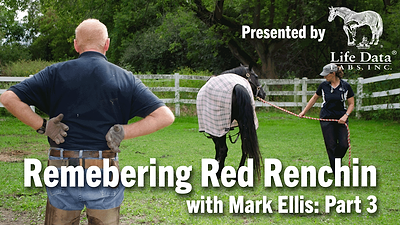Advertise Follow Us
Lamenesses
Research Journal
Do Joint Injections Cause Laminitis?
“The information, ideas, and opinions expressed are those of the author and do not necessarily represent those of the United States Department of Agriculture.”
Read More
International Hoof-Care Summit — Virtual Clinic Series
What is a Half Heart-Bar Shoe and What is it for?
Read MoreResearch Journal: January/February 2021
“The information, ideas, and opinions expressed are those of the author and do not necessarily represent those of the United States Department of Agriculture."
Read More













